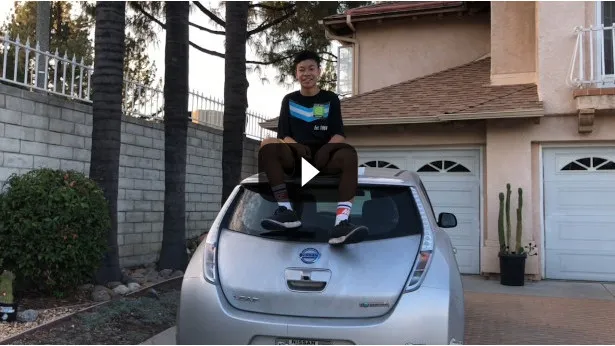
A middle schooler from Washington, a California high school senior, an engineering student from University of California, Davis, and a graduate student from Carnegie Mellon University are winners of ARTBA’s annual video contest.
This is the ninth time the American Road & Transportation Builders Association’s (ARTBA) has run its Student Transportation Video Contest. The winners will each receive a US$500 cash prize.
The contest is sponsored by ARTBA’s Research & Education (RED) Division and aims to raise awareness about infrastructure issues by challenging students to develop a brief video exploring a topic related to America’s transportation network.
Students from across the US submitted entries in one of two categories: general transportation or transportation safety. The winners were selected by a panel of ARTBA members and film industry experts.
Topics covered included electric cars, automated vehicles, safe driving practices, and local transportation projects.
In the General Transportation Category, Age Group One (Elementary, Middle or High School Students), the winner was “Electric Vehicles” by Dylan Tran. Dylan is a senior at Granada Hills Charter High School in Porter Ranch, California and is part of their STEM program. His video highlights the increased importance of electric cars, outlining how they function, how they affect our environment, and the rise in sales trends in recent years.
Click here to view video:





